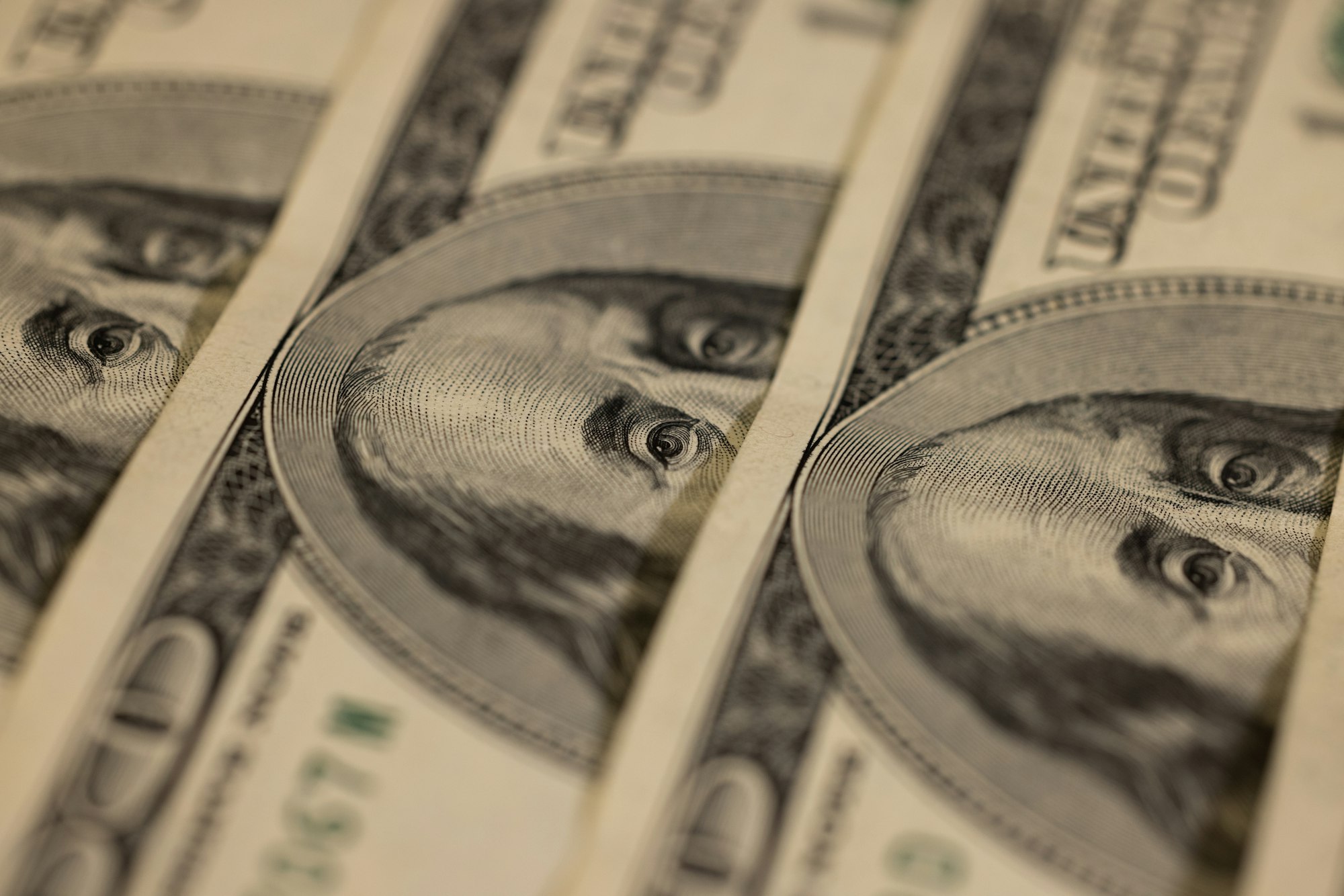Inflation Is Getting Under Control
Federal Reserve policymakers seem hesitant to increase interest rates again, and they don't anticipate lowering rates in the near future. When they do eventually consider rate cuts, they expect them to be relatively modest.
- This prolonged period of stable interest rates has created uncertainty among investors and contributed to the recent surge in long-term interest rates.
- If the Fed's confidence in maintaining higher rates proves accurate (although this is uncertain), it could bode well for the overall economy.
Fed officials believe that the increase in long-term rates will help control economic growth, and they are encouraged by a slight decrease in inflation over the past year. However, they remain ready to tighten policy if inflation accelerates.
Not Considering Rate Cuts... For Now
Despite economic strength, the Fed is not considering rate cuts, particularly with a robust job market and recent data indicating a 4.9% annual GDP growth rate in the third quarter. Fed Chair Jerome Powell emphasized that the committee is not contemplating rate cuts at this time.
- In their previous interest rate projections following the September meeting, policymakers anticipated a target rate range for the end of the next year just slightly lower than the current level.
- They appear unlikely to change this forecast. Yet, Powell acknowledged that the current policy stance is restrictive and may eventually necessitate rate cuts.
The belief that the economy can endure near-current interest rates for another year is noteworthy, suggesting that the economy possesses untapped strength, which may include a growing labor force and accumulated pandemic-related savings. The Fed's staff, which removed its recession forecast in September, also does not foresee a downturn.
Falling Yields May Create Some Headaches
The decline in Treasury yields played a pivotal role in triggering a robust stock market rebound and lifting U.S. government bonds from their 16-year lows. However, there is growing concern among investors that further drops in yields may prolong the Federal Reserve's hawkish stance, potentially negatively impacting asset prices in the long run.
- This paradox underscores the recent focus on the relationship between yields and financial conditions. These factors reflect the availability of funding in an economy and are closely monitored by central bankers.
- In recent months, surging Treasury yields reduced investors' appetite for risk and weighed on stocks by tightening financial conditions, which increased borrowing costs for companies and households.
However, this relationship has recently reversed. U.S. 10-year yields, which move inversely to bond prices, have dropped by nearly 50 basis points from their peak, while the S&P 500 has rebounded by about 6.5% during this period. Some investors are concerned that if yields continue to fall, financial conditions could become excessively loose, prompting the central bank to maintain higher interest rates for an extended period to prevent inflation from surging.
Loose Conditions
Evidence of the dynamic between yields and financial conditions is reflected in the 0.5% decline in the Goldman Sachs Financial Conditions Index last week, marking its sixth most significant weekly drop since 1990. This occurred as the benchmark 10-year Treasury yield fell to 4.48%, down from just above 5%.
- The average rates on 30-year mortgages, which move in tandem with Treasury yields, fell by 25 basis points last week, marking the most significant weekly decline in nearly 16 months.
- Brian Jacobsen, the Chief Economist at Annex Wealth Management, suggests that the Federal Reserve may not want the 10-year Treasury yield to go much above 5% but also not much below 4.5%.
- He anticipates the Fed will adjust its stance to keep rates within this range and remains optimistic about bonds, expecting the Fed to keep rates elevated for an extended period, potentially leading to an economic recession.
Some Fed officials have also suggested that rising yields could serve as a substitute for further central bank rate hikes, as they effectively tighten financial conditions.
Disclaimer
Please note that Benchmark does not produce investment advice in any form. Our articles are not research reports and are not intended to serve as the basis for any investment decision. All investments involve risk and the past performance of a security or financial product does not guarantee future returns. Investors have to conduct their own research before conducting any transaction. There is always the risk of losing parts or all of your money when you invest in securities or other financial products.
Credits
Photo by engin akyurt / Unsplash.






